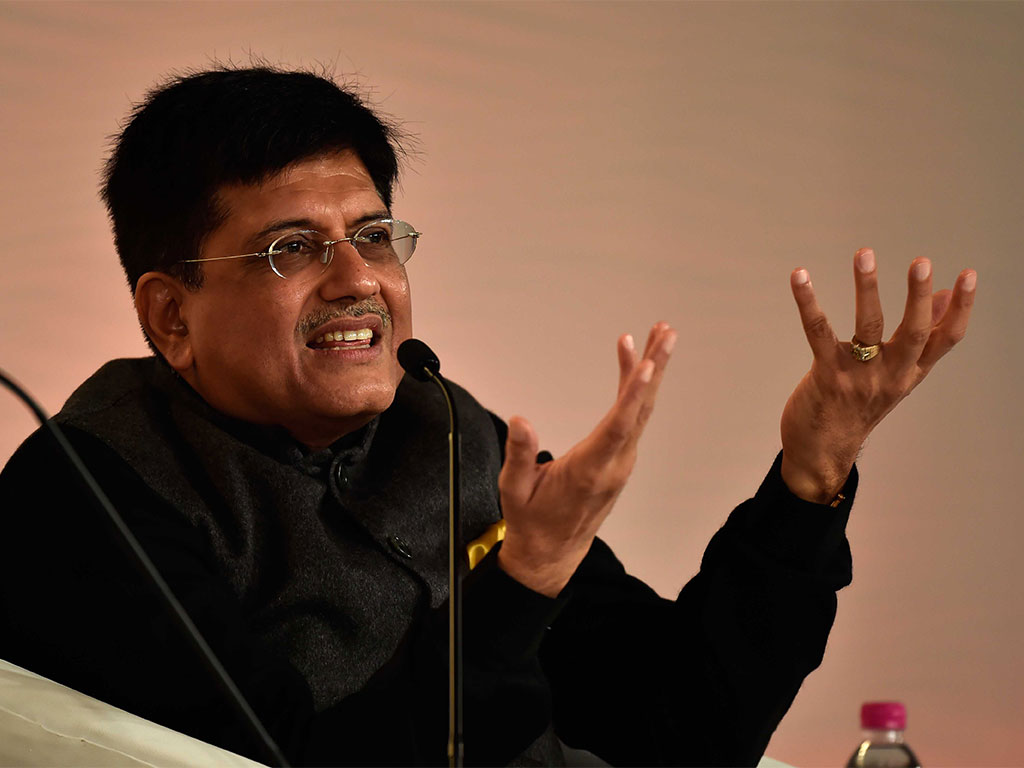In recent years, India’s mobile phone market has been phenomenally successful. Since 2001, the number of cellular subscriptions in the country has ballooned to about 160 times its original size. Infrastructure development has been a major reason for this upsurge. In 1990, only half the population had access to electricity, yet today it is available (in some form) to almost everyone. Contracts have also become more accessible thanks to private sector competition between such companies as Vodafone and BSNL. In fact, there are four times more operators in India than in most other countries. “Jio’s recent market entry has driven prices down further, after already being some of the cheapest worldwide”, said Gabriel Solomon of the UK Telecommunications Academy.
As India’s march to mobile continues, smartphones will no longer lead the way. Instead, the country is about to be hit by a wave of ‘dumbphones’. Otherwise known as ‘feature phones’, these mobiles can make calls, send texts and offer basic web access, yet generally lack touchscreens, gyroscopes and other fancy attachments. For example, the Micromax Bharat 1 comes with a 2.4in screen, two-megapixel camera, 4G connectivity and old-school buttons. According to telecoms research group Counterpoint, global sales of 4G dumb phones are set to explode by 5,300 percent this year, with half of that growth being driven by India. These new models will bring decent internet services to more people than ever before.
Get dumb, dummy
There are four reasons dumbphones are set to grow more than smartphones in the coming years. The most important is price. The Micromax retails at about $31, while another popular dumbphone, the Lava Connect M1, costs $51. These are rock-bottom prices compared to Apple’s cheapest offering in India, which starts at about $450.
For people to move from dumbphones to smartphones, the Indian middle class will have to grow and infrastructure will have to improve dramatically
“There are around 650 million unique mobile subscribers in India, and almost half have smartphones. If we assume that the more affluent strata of Indian society already have smartphones, then the less affluent may not be able to afford them”, explained Solomon.
Physical environments are also important. Dumbphones are generally more durable than smartphones, which is a plus-point in India, where 70 percent of the population lives in rural areas with heightened risks of splashing and smashing. Moreover, even if dumb phones do break, repairs are both easy and unlikely to be penalised by manufacturers. By contrast, Apple disabled many iPhones last year because they had been repaired by unofficial technicians.
Batteries are the third key factor putting dumbphones ahead. Given the choice between a power-hungry smartphone and a dumbphone with 30 days’ battery life, the latter is the obvious option for most people in rural areas. This is because electricity services in India are still lacking. While widespread electrification has occurred since the 90s, coverage remains thinly spread. For example, a whole village counts as ‘electrified’ even if it only has basic hardware and the majority of electrified households miss out on at least six hours’ power per day. Consequently, while electrical devices are now available to most of the rural population, they realistically need much longer battery lives than juice-guzzling smartphones.
“Another factor in India is the availability of locally relevant content”, explained Sameer Gupta of telecoms research group Analysys Mason. “Regional preferences play an important role in determining the consumption of online content in various parts of the country. Online content, including both video and non-video, for example news, is mainly available in English. But English is only spoken by about 15 to 20 percent of the population. Local languages need to be spoken by websites, but generally this is not available.” Such barriers also apply to apps, which effectively means that one of the key selling points of smartphones is rendered useless.
“In rural areas, digital literacy is likely to be less than in urban areas, which would dampen the individual business case for buying a smartphone and constrain the potential interest of feature phone users to migrate to smartphones”, Solomon added. Consequently, the iPhone is likely to remain an aspirational premium product that few people in the countryside will own until the above obstacles have been overcome.
Peaceful coexistence
This will not be as bad for smartphones as it sounds. Dumbphones are not necessarily their rivals, but are instead serving a market that smartphones cannot access. Better yet, they can be a stepping-stone for people that are making a long-term transition toward smartphones. The only problem is that this process will take a long time. For people to move from dumbphones to smartphones, the middle class will have to grow and infrastructure will have to improve dramatically. This will all hinge on the success or failure of the Indian economy, which is beyond the influence of any smartphone company. As such, the likes of Apple may now be inclined to simply consolidate their existing base of affluent customers by launching new and improved products every year.
In the meantime, dumbphones remain the embodiment of real innovation and will continue to do a lot of social good for those who cannot afford more sophisticated devices. While it is a shame that smartphones are out of reach for many Indians, it is encouraging to see that realistic alternatives are being offered. Dumbphones bring the power of the internet to more back pockets than ever before. This means more opportunities for small businesses to tap into local networks, as well as more avenues for children to get an education, more ways for people to organise themselves through social media, and more chances to access a world of information that might previously have been out of reach. Dumbphones are not perfect but they are a step in the right direction, giving people a fighting chance to achieve social mobility.


